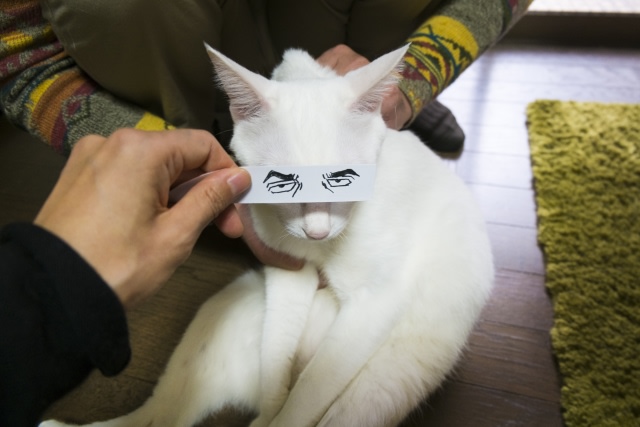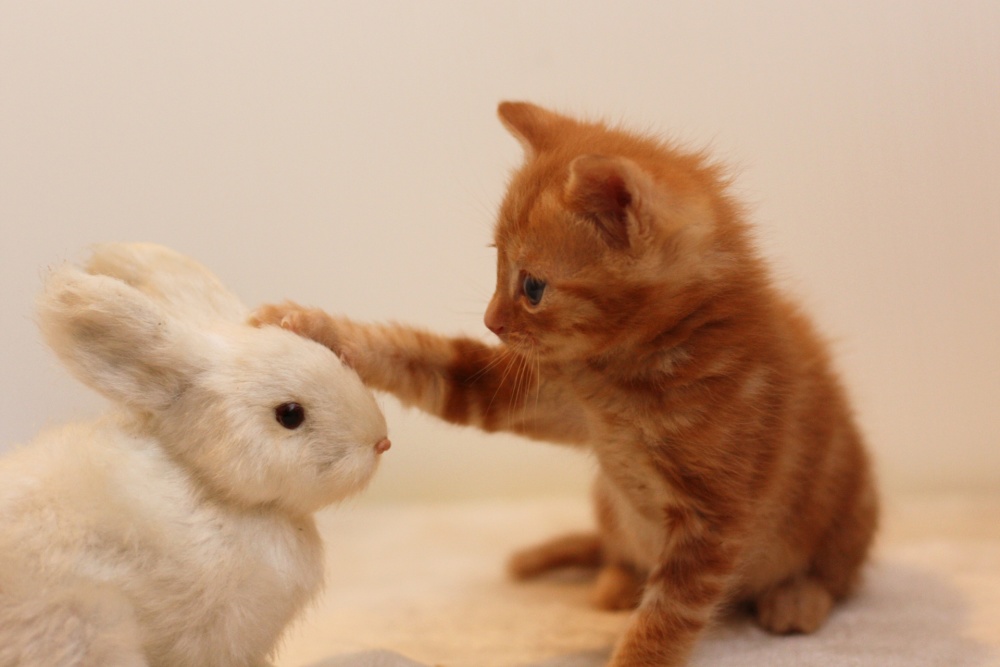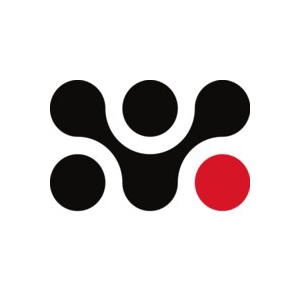Updated September 26, 2024
"Omoshiroi" in Japanese: What It Means and How to Use It
As a foreigner in Japan, you'll spend a lot of time trying to understand the true meaning behind words and phrases.
Japanese is a complex language, after all, and it relies heavily on context. That's why it’s called a “high context language.” So naturally, many words and sayings in Japanese that are quite commonly used in daily life can be challenging to interpret without proper context.
One such phrase is “Omoshiroi (おもしろい),” which I’m sure you’ve already heard of if you live in Japan.
This commonly used word can mean “interesting” or “funny”, alongside a myriad of other meanings. So, let’s take a closer look at this useful phrase and explain its origins and cultural context just like we did with other phrases like “Daijobu.”
First, let’s define the actual meaning: What is Omoshiroi?
In this article: 📝
Omoshiroi Meaning: What Are Its Multiple Meanings?
Omoshiroi is a Japanese adjective, and as I said, its various meanings can sometimes make it challenging for non-native speakers to grasp.
While the most common way to translate omoshiroi is “interesting”, the word encompasses a range of meanings that are slightly nuanced and different:
Intriguing
Funny
Comical
Amusing
Fun
Entertaining
Enjoyable
Agreeable
Pleasant
Favorable
Satisfactory
Good
As you can tell, there’s no intersection between comical and interesting in the English language. Just try using one for the other, and you might end up offending someone. However, in Japanese, it’s all about the context, and omoshiroi can mean any of the words above.
I should also note that the translations above are the literal synonyms you’ll find in most resources. Taking a closer look at how the word came to be used in place of these other meanings can give us more clues about its cultural significance.
How Did Omoshiroi Come To Mean “Interesting”?

Despite having a variety of synonyms, the word “Omoshiroi” is primarily used to mean “interesting”, “fun”, or “funny” nowadays. However, the Kanji for the word is “面白い.”
This may be confusing to those attempting to deduce the word’s true meaning from its Kanji writing, as the symbols themselves mean “the front” or “what’s in front of you” (面, omote) and “white” or “bright and clear” (白い, shiroi).
However, the meaning of “bright face” doesn’t say much about the word, causing further confusion. While how this came to be isn’t exactly clear, there seem to be two main beliefs.
Omoshiroi Origin Story: A “Bright Scenery”
The first story of how omoshiroi came to mean “interesting” is a little more sensible, but there are still some gaps, so bear with me.
Apparently, the kanji symbols we mentioned were used to react to something bright and clear in front of you. Bright is used as in pretty, funny, or lighthearted, and the front is used to mean “the scenery.”
This interpretation explains why the word caught on as a way to react to something that’s positive, enjoyable, and even comfortable.
Over time, the word also began to be used to describe things that are “interesting” while retaining the positive overtone, giving its meaning today.
The Other Origin Story: Stories By The Fire
The second story of how the word omoshiroi came to mean “interesting” or “funny” requires a little more faith in the way things just happen, but it’s a cuter story overall.
In the olden days, when electricity wasn’t a thing yet, people would light fires when the nighttime rolled around. As there are not as many entertainment resources as we have nowadays, people would sit by the fire and just talk.
So, when someone said something funny or interesting, the crackling fire would shine on the other people’s faces, making them look bright. This explains the origin of the kanji symbols well, but as I said, it still isn’t too grounded of a story.
Whether you choose to believe it or not, this commonly used adjective will come in handy regardless. Whenever you’re discussing a book, or commenting on a certain topic, you might use the word to mean interesting or amusing.
The Various Use Cases of Omoshiroi
Now that you understand how Omoshiroi may have originated and its multiple meanings, it’s time to see how it’s used in real-life situations.
When Reacting To Something Attention-Grabbing or Intriguing
Perhaps one of the most common ways you’ll use Omoshiroi in daily life is when you’re talking about something interesting. You might use it to speak of something attention-grabbing or intriguing, like a book or a song, for instance.
Here’s an example sentence. You can say this as a reaction to a wide variety of things, so it’s a handy sentence to learn as a foreigner.
これはとてもおもしろそうだね (Kore wa totemo omoshiro sou da ne!) This looks pretty interesting!
You can also be more specific, which requires higher Japanese skills, but you can start simple. For instance, if you’re talking about a book:
その本は面白いと思います (Sono hon wa omoshiroi to omoimasu): I think that book is interesting.
When Speaking About Something You Enjoy Doing
Another common use case of the omoshiroi adjective is when you’re talking about something you enjoy doing. Here, the word still means “interesting” but it refers to the fact that you enjoy it rather than referring to it as “peculiar” or “weird.”
You can use the word when you’re talking about an activity or a hobby, or when someone brings up something you enjoy doing. For instance, you can say:
トランプはとても面白い (Toranpu ha tottemo omoshiroi): Playing cards is very fun!
While it’s translated as fun, it can very well be “interesting” which also means you’re into the subject that’s being talked about. Here’s another example:
ピアノを弾くことは面白い (Piano wo hiku koto wa omoshiroi): Playing the piano is fun.
When Describing a Noun
This is a more general use case of the word omoshiroi. As it’s an adjective, you can also use it to describe a noun, which can be pretty much anything.
You may be talking about a concept, an event, a story, or anything else that catches your curiosity. Here’s an example:
そこには面白いお土産屋さんがたくさんあります。(Soko ni omoshiroi omiyageyasan ga takusan arimasu): There are many interesting souvenir shops there.
Similarly, here’s another example where the word is used to describe a person:
彼は面白い人ですね。(Kare wa omoshiroi hito desu ne) He is an interesting person.
When Complimenting Someone
Yes, the word “omoshiroi” can also be used as a compliment.
For instance, if someone makes a joke you really enjoyed, you can say:
あなたは面白いです (Anata wa omoshiroi desu): You are a funny person!
As you can tell, omoshiroi is mostly used to describe things in a positive light, and the same goes for people. However, while it may seem simple at first, using this word as a compliment can often be tricky. Let’s elaborate.
Is Omoshiroi A Compliment?

While Omoshiroi generally has a positive connotation, using it as a compliment requires careful consideration of context.
For instance, if you really enjoyed a lecture, you can walk up to the professor and say that you found their lecture “omoshiroi”, meaning you “enjoyed” it. However, whether this goes is heavily dependent on what type of a person the recipient is, and the context of the thing you’re complimenting.
For example, describing a lecture on a tragic historical event as "omoshiroi" could be perceived as insensitive, too lighthearted or shallow.
So, whether you can use omoshiroi to compliment something or someone requires reading the room and knowing your audience, which you may initially find hard to do as a foreigner.
Japanese language is closely tied to Japanese culture, which you can start learning about by reading my posts on Japanese business etiquette, Otsukaresama, and Daijobu. You’ll find some key cultural concepts in there that’ll help you navigate social life here much better.
How To Use Omoshiroi: The Formal, The Past, and The Negative Forms
The examples I provided above may have given you some confidence, but in Japanese, there’s a formal way to say everything, which you need to know about.
When used by itself in a formal setting, the phrase is “Omoshiroi desu”, while in informal settings, this changes to “Omoshiroi.”
Another crucial thing to know is the negative version of the word, which is just as important if you’re the type who isn’t easily amused. So, while “omoshiroi” means “interesting”, “Omoshirokunai (おもしろくない)” means “uninteresting” or “unenjoyable.”
However, be careful when using this negative version in a sentence. Saying “Omoshirokunai!” with a certain tone can come off as too harsh and hurtful.
After all, you’re literally stating that something is “not interesting”, which has a slightly contentious undertone and can come off as passive-aggressive.
Lastly, another form of Omoshiroi that may come in handy is the casual past tense of the word, which is “Omoshirokatta (おもしろかった)”.
When Not To Use Omoshiroi: The Offensive Omoshiroi

Using Omoshiroi to describe a sad or tragic event can be very inappropriate and offensive due to the word's positive connotation, even though you might’ve only meant to say “interesting” without the “amusing” part.
For example, if you saw a sad movie and thought it was interesting, describing it with this word would sound off.
Moreover, if you’re speaking to those who may not know you too well, you also risk sounding like a sadist.
Lastly, omoshiroi can also be used sarcastically by adding a certain tone or repeating it multiple times.
Final Word on Omoshiroi Desu Meaning
In this post, we’ve presented you with a guide on omoshiroi, explaining how to use it properly and how not to use it. To go over the main points we’ve covered:
Omoshiroi (おもしろい) can mean multiple things, like interesting and amusing.
The phrase “omoshiroi desu” has a positive overtone, and shouldn’t be used for tragic events.
The kanji of the word is “面白い.”
The kanji symbols can be interpreted as “bright face”, providing clues about the potential historical origin of the word.
Omoshiroi can be used when reacting to a positive thing, as a compliment, or as a descriptive noun.
That’s it! Now, with a better understanding of Japanese culture, you can start using Omoshiroi in your daily life. However, as a foreigner, understanding the culture and knowing what to say where can take a while.
If you need help with non-verbal communication and Japanese communication concepts, my Honne and Tatemae and navigating a Japanese workplace posts can be great resources.
Get Job Alerts
Sign up for our newsletter to get hand-picked tech jobs in Japan – straight to your inbox.







